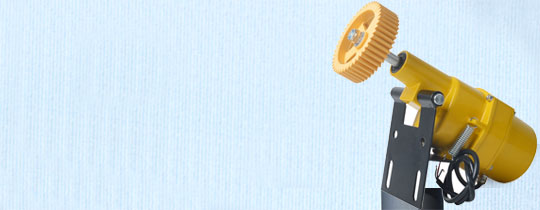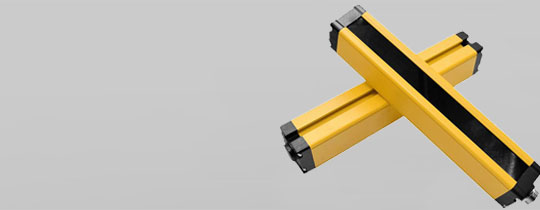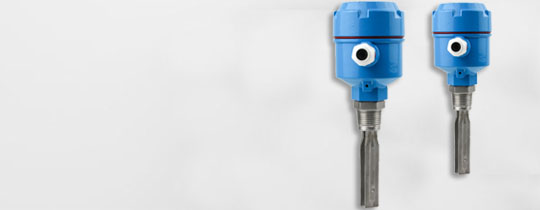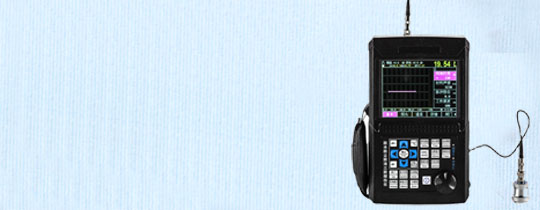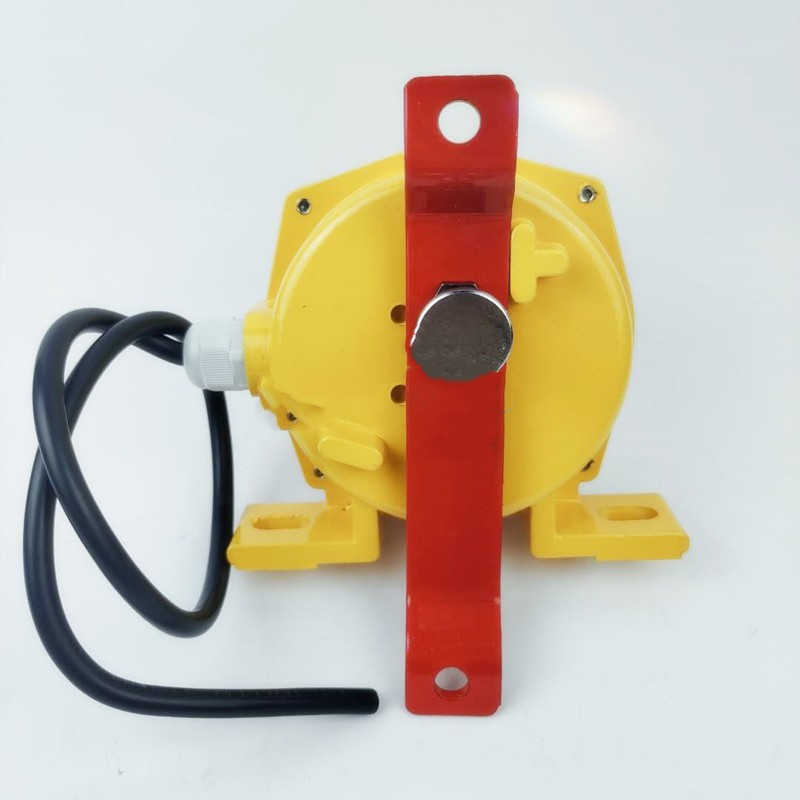
Explosion proof bidirectional rope switch EXHFKPT1-12-30BMC PCS31-A
Explosion proof bidirectional rope switch EXHFKPT1-12-30Used for conventional belt conveyors: underground, cableway support belt conveyors: ship loading and unloading systems; Stacking/reclaiming conveyor; Tilt and shuttle conveyors; Crane, excavator, boom limit: skirt feeder/conveyor: heavy-duty limit switch detects the deviation of the tape, which is a protective device for automatic alarm and shutdown of the tape machine control. Widely used in various belt conveyor equipment in fields such as metallurgy, coal, cement and building materials, mining, power, ports, metallurgy, chemical industry, etc
- Explosion proof bidirectional pull rope switch EXHFKPT1-12-30
- ZHUOXIN
- 24-380v
- IP65
- TT, Paypal, Credit card, Western union
- +86-15163766288
- Explosion proof bidirectional rope switch EXHFKPT1-12-30Used for conventional belt conveyors: underground, cableway support belt conveyors: ship loading and unloading systems; Stacking/reclaiming conveyor; Tilt and shuttle conveyors; Crane, excavator, boom limit: skirt feeder/conveyor: heavy-duty limit switch detects the deviation of the tape, which is a protective device for automatic alarm and shutdown of the tape machine control. Widely used in various belt conveyor equipment in fields such as metallurgy, coal, cement and building materials, mining, power, ports, metallurgy, chemical industry, etc
Description

The basic principle of the explosion-proof bidirectional rope switch EXHFKPT1-12-30 is that when the conveyor belt deviates during operation, the conveyor belt touches the switch vertical roller and causes it to deflect. When the vertical roller deflection angle reaches level 1 switch angle, the switch sends an alarm signal. When the conveyor belt deviates seriously and reaches the second level switch angle, the switch sends a stop signal to automatically stop the conveyor belt due to deviation fault. When the deviation fault is eliminated and the tape machine is running normally, the switch vertical roller can automatically reset and return to the initial state. Installation and adjustment: 1. The deviation switch should be set on both sides of the conveyor belt, and the vertical rollers should be perpendicular to the edge plane of the conveyor belt, with both sides of the conveyor belt located at 1/3 of the height of the vertical rollers. The distance between the vertical roller of the deviation switch and the normal position of the conveyor belt should be 50-100mm. The number of deviation switches should be determined based on the length, type, and layout of the conveyor. Generally, it should be set at the head, tail, convex arc section, concave arc section, and in the middle position of the conveyor. (Note: When the conveyor is long, one pair can be installed every 30-35 meters in the middle position of the conveyor.) 4. The deviation switch should be connected to the middle frame of the conveyor through an installation bracket. The switch bracket should be welded to the conveyor frame after the conveyor is installed. The deviation switch and the deviation switch bracket should be fixed with bolts. Scope of application: Two level deviation switch for conventional belt conveyors: underground, cable support belt conveyors: ship loading and unloading systems; Stacking/reclaiming conveyor; Tilt and shuttle conveyors; Crane, excavator, boom limit: skirt feeder/conveyor: heavy-duty limit switch detects the deviation of the tape, which is a protective device for automatic alarm and shutdown of the tape machine control. Widely used in various belt conveyor equipment in fields such as metallurgy, coal, cement and building materials, mining, electricity, ports, metallurgy, chemical industry, etc< br/>
Tags
Get the latest price? We'll respond as soon as possible(within 12 hours)

